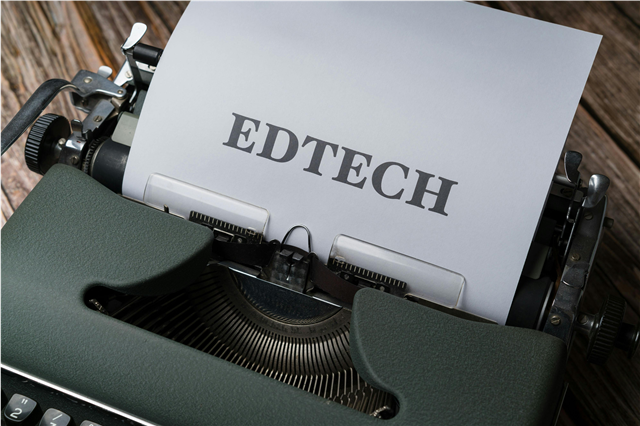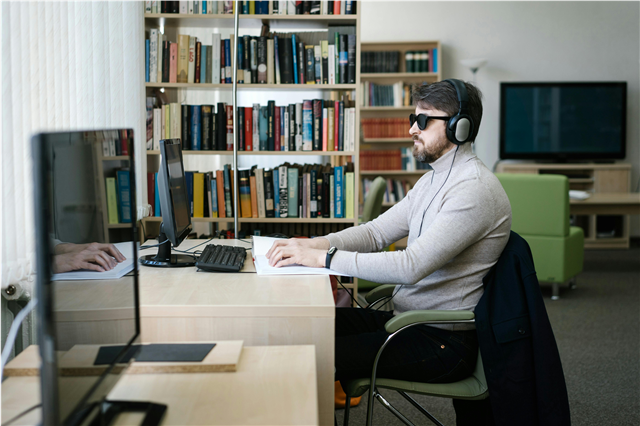
How is a plagiarism checker used in academic writing?
In today's digital age, plagiarism detection has become an essential tool in academic writing, but how exactly do educators and students utilize these powerful resources? Let's explore some intriguing facts about plagiarism checkers and their role in maintaining academic integrity.
What Exactly is a Plagiarism Checker?
A plagiarism checker is a software tool that compares submitted text against vast databases of published content, including websites, academic journals, books, and previously submitted papers. But the way these tools are integrated into academic writing might surprise you.
15 Eye-Opening Facts About Plagiarism Checkers in Academia
Fact #1: Universities Process Over 1 Million Papers Daily
Major academic institutions collectively run more than 1 million plagiarism checks every 24 hours during peak academic periods. This staggering volume highlights how integral these tools have become to modern education.
Fact #2: Detection Speed Has Increased 400x Since 2010
Modern plagiarism checkers can analyze a 10-page document in under 3 seconds, compared to several minutes just over a decade ago. This efficiency has revolutionized how quickly educators can provide feedback.
Fact #3: 37% of Students Admit to Accidental Plagiarism
Research reveals that nearly 4 in 10 students unintentionally plagiarize due to poor citation practices. Plagiarism checkers help identify these honest mistakes before they become academic integrity violations.
Fact #4: AI-Powered Detection Catches Sophisticated Cheating
Advanced plagiarism checkers now use artificial intelligence to detect paraphrased content and translated material, catching 67% more instances of academic dishonesty than traditional methods.
Fact #5: Real-Time Checking is Becoming Standard
Leading educational institutions now integrate real-time plagiarism detection directly into their learning management systems, allowing students to check their work instantly before submission.
How Students Actually Use Plagiarism Checkers
Pre-Submission Verification
Smart students use plagiarism checkers as a quality control tool before submitting major assignments. This proactive approach helps them:
- Identify unintentional similarities
- Improve citation practices
- Ensure original content meets academic standards
Learning Tool for Citation Mastery
Modern plagiarism checkers provide detailed reports that help students understand proper citation formats and learn from their mistakes, turning detection into education.
The Educator's Perspective: Beyond Catching Cheaters
Fact #6: Teachers Save 8 Hours Per Semester
Educators report saving significant time using automated plagiarism detection, allowing them to focus on meaningful feedback and instruction rather than manual content verification.
Fact #7: False Positive Reduction by 73%
Advanced plagiarism checkers now use contextual analysis to reduce false positives, ensuring legitimate quotes and common knowledge aren't flagged incorrectly.
Industry Statistics You Should Know
Market Growth and Academic Adoption
- The global plagiarism detection software market is projected to reach $4.2 billion by 2027
- 94% of universities now use some form of automated plagiarism detection
- 82% of students believe these tools improve their writing quality
Fact #8: Multilingual Detection Capabilities
Modern plagiarism checkers can detect copied content across over 100 languages, making international academic collaboration more secure and reliable.
The Technology Behind Modern Plagiarism Detection
Database Size Matters
Leading plagiarism checkers compare submissions against databases containing:
- Billions of web pages
- Millions of academic papers
- Thousands of journals and publications
Fact #9: Blockchain Integration for Authenticity
Some advanced systems now use blockchain technology to create tamper-proof records of original work, ensuring academic integrity from creation to submission.
Best Practices for Effective Plagiarism Checking
For Students:
- Check early and often - Don't wait until the last minute
- Understand the report - Learn from flagged content
- Use multiple sources - Verify citations are correct
- Maintain originality - Aim for 90%+ original content
For Educators:
- Integrate early in curriculum - Teach proper citation from day one
- Use consistent standards - Apply same policies across all courses
- Focus on education - Use detection as teaching moments
- Stay updated - Keep current with detection technology advances
The Future of Plagiarism Detection
Emerging Trends:
- Voice-to-text plagiarism detection
- Social media content monitoring
- Real-time collaborative writing checks
- Enhanced AI content differentiation
Fact #10: Mobile Plagiarism Checking
Over 60% of students now use mobile apps for quick plagiarism checks, making detection more accessible than ever before.
Why Plagiarism Checkers Matter More Than Ever
The digital age has made information sharing incredibly easy, but this convenience comes with increased responsibility. Plagiarism checkers serve as:
- Educational tools that improve writing skills
- Integrity safeguards that protect original authors
- Quality assurance mechanisms for academic standards
- Learning aids that help students understand proper attribution
Making the Most of Plagiarism Detection Technology
Student Success Tips:
- Use plagiarism checkers as learning tools, not just submission requirements
- Focus on understanding citation rules rather than just avoiding flags
- View reports as improvement opportunities
- Develop original thinking skills alongside research abilities
Educator Implementation Tips:
- Integrate detection early in the writing process
- Provide clear guidelines on acceptable similarity scores
- Use detection reports as teaching moments
- Stay consistent with policies and enforcement
Conclusion: The Balance Between Detection and Education
Plagiarism checkers in academic writing serve a dual purpose: they maintain academic integrity while simultaneously educating students about proper citation and original thought. As technology continues to evolve, these tools will become even more sophisticated, helping educators and students work together to uphold academic standards.
The key lies not in simply detecting plagiarism, but in using these tools to foster an environment where originality, proper attribution, and academic honesty thrive. Whether you're a student aiming to submit clean, original work or an educator seeking to maintain academic standards, understanding how plagiarism checkers work is essential for success in modern academia.
Remember: The goal isn't to catch people doing wrong, but to help everyone do right by maintaining the highest standards of academic integrity and original thought.
Ready to ensure your academic writing meets the highest standards? Understanding how plagiarism checkers work can help you submit confidently, knowing your work is original and properly cited.
Meta Description: Discover how plagiarism checkers are used in academic writing with 15 fascinating facts. Learn about detection technology, best practices, and how these tools maintain academic integrity in modern education.















Post Comment